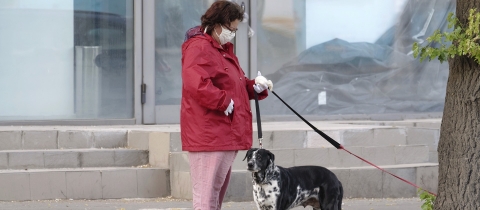
Eyelashes exist to keep dust and debris and bugs from entering our eyes, but in our modern day, they have come to be objects of beauty, enhancement and envy. While the Hadza people of Tanzania famously trim their eyelashes for beauty purposes, for most of us, long eyelashes have come to be an object of desire.
Most mammals have eyelashes (and a few birds too!) but they can be troublesome for humans, dogs and horses. There are quite a few conditions that can affect the eyelashes, so I will only name the most interesting ones.
Distichia involves eyelashes growing from parts of the eyelids they are not supposed to (in dogs this includes eyelashes growing underneath the eye since dogs do not have bottom lashes like humans!).
Trichiasis is the leading cause of infectious blindness in the world, and occurs when eyelashes grow towards the cornea, rubbing it and causing infections. This condition is especially common in certain dog breeds, although it can usually be managed through regular trimmings.
Madarosis is characterized by the loss of eyelashes or brows and can be caused by infections like leprosy or HIV, chemo drugs, autoimmune conditions like lupus, or a zinc deficiency.
Of course, you may be unhappy with your eyelashes, although there is nothing medically wrong with them. In that case, you have got some options available to you. There are the fairly common false eyelashes and eyelash extensions, but there is also the semi-permanent option of a lash dip. This procedure will run you upwards of $100, and involved applying a black gel, and sometimes silk extensions, to your lashes that sets and stays for about a month.
If these temporary solutions are not right for you, there is always eyelash transplants. For this, doctors take about 60 follicles of hair from your head and transplant them into your eyelash area. It is done as an outpatient procedure, and only takes 2-3 hours, although it will cost you upwards of $3000. Because these hairs will be head hair, not eyelashes, they will not engage in the normal 7-8 week grow-then-fallout cycle of eyelashes, so you will have to trim and curl them to keep them looking good.
There is an option if you would rather try to grow your own lashes thicker. Bimatoprost (sold under the names Lumigan and Latisse) was originally developed to treat high pressure in the eye, but patients using it reported their eyelashes growing thicker and longer. It is used as an eyedrop that is applied to the base of the lash area, and seems to work quite well, although some patients report the skin around their lashes darkening after use.


Want to comment on this? View it here on our Facebook page!







